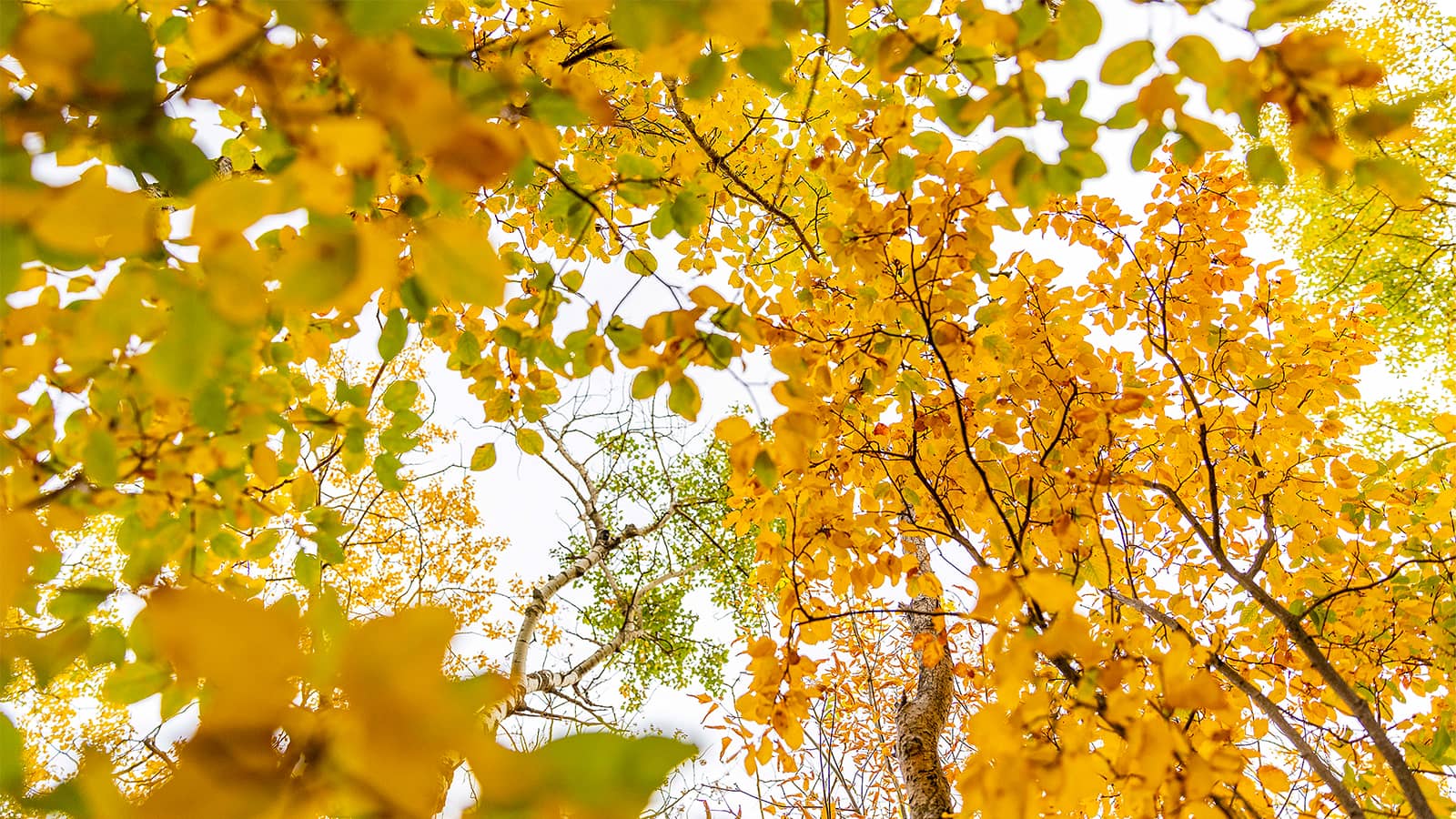Science
University of Alberta Study Reveals Tree Planting Motivations

A new study from the University of Alberta sheds light on the motivations behind tree planting and maintenance among residents in small cities. This research, focused on the city of Camrose, Alberta, aims to provide municipalities with insights to effectively encourage urban tree cover. The study, involving a survey of 548 residents, investigates how factors such as attitudes, knowledge, and personal backgrounds influence decisions regarding tree planting and removal.
Understanding the motivations of Camrose residents is crucial, as approximately 50 to 60 percent of urban trees in North America are found on private property. According to Greg King, an environmental scientist and associate professor at Augustana Campus, knowing why residents choose to plant or remove trees is essential for promoting urban forests. “To achieve tree cover goals, we need to plant on both public and private lands,” he noted.
Unique Urban-Rural Dynamics
The study highlights unique dynamics between small and large urban centres. Co-author Luke Beattie, who contributed to the research as an undergraduate and holds a bachelor’s degree in sustainability studies, explained how the rural context surrounding Camrose influences residents’ attitudes. “Camrose is surrounded by agricultural land, making it an urban island. This rurality might affect tree planting and removal differently than in larger cities,” he stated.
The survey results showed that residents generally have positive feelings toward trees. Most respondents preferred a variety of trees and felt that these additions enhanced their properties. Many residents do not view their trees as a nuisance; in fact, they associate them with benefits. King pointed out that experiences with trees shape residents’ perceptions. For example, someone who enjoys reading in the shade of a tree is more likely to want to keep it, while the burden of raking leaves may lead to a negative view.
Overall, Camrose residents contribute positively to the city’s tree canopy. On average, each person has planted six trees while removing three, resulting in a net gain of three trees since moving into their current homes. Additionally, about 61 percent of respondents reported a strong knowledge of tree species, which likely enables them to make informed decisions about planting and removal.
Connecting Benefits to Motivations
The study also indicates that the motivation for planting trees often leans toward aesthetics and property value rather than purely environmental benefits. Approximately 75 percent of respondents believed that trees enhance the appeal of their yards, while 60 percent felt that having trees increased property value. King noted that there is no significant correlation between environmental attitudes and tree planting decisions.
The researchers suggest that smaller municipalities can leverage these findings to refine public awareness campaigns promoting tree planting. Effective messaging should highlight both the ecological advantages and the potential for increased property value. “Cities can tailor their communication to include both,” advised King. “Larger-scale environmental benefits resonate with some people, but personal benefits can also motivate others.”
Younger residents, who may not own homes or have lived in their properties for long, are another important demographic to engage. Beattie emphasized the need to connect with this group through targeted campaigns about urban forests, as they are currently less involved in tree planting.
Although the study focuses on Camrose, its implications could extend to other small municipalities looking to enhance their urban forestry management. As King concluded, aligning city policies with resident attitudes can lead to more successful outcomes in community tree cover initiatives. The research received funding from the Social Sciences and Humanities Research Council through the Augustana Campus Research Committee.
-

 Politics4 weeks ago
Politics4 weeks agoSecwepemc First Nation Seeks Aboriginal Title Over Kamloops Area
-

 World5 months ago
World5 months agoScientists Unearth Ancient Antarctic Ice to Unlock Climate Secrets
-

 Entertainment5 months ago
Entertainment5 months agoTrump and McCormick to Announce $70 Billion Energy Investments
-

 Science5 months ago
Science5 months agoFour Astronauts Return to Earth After International Space Station Mission
-

 Lifestyle5 months ago
Lifestyle5 months agoTransLink Launches Food Truck Program to Boost Revenue in Vancouver
-

 Technology3 months ago
Technology3 months agoApple Notes Enhances Functionality with Markdown Support in macOS 26
-

 Lifestyle3 months ago
Lifestyle3 months agoManitoba’s Burger Champion Shines Again Amid Dining Innovations
-

 Top Stories2 months ago
Top Stories2 months agoUrgent Update: Fatal Crash on Highway 99 Claims Life of Pitt Meadows Man
-

 Politics4 months ago
Politics4 months agoUkrainian Tennis Star Elina Svitolina Faces Death Threats Online
-

 Sports5 months ago
Sports5 months agoSearch Underway for Missing Hunter Amid Hokkaido Bear Emergency
-

 Politics5 months ago
Politics5 months agoCarney Engages First Nations Leaders at Development Law Summit
-

 Technology5 months ago
Technology5 months agoFrosthaven Launches Early Access on July 31, 2025




















